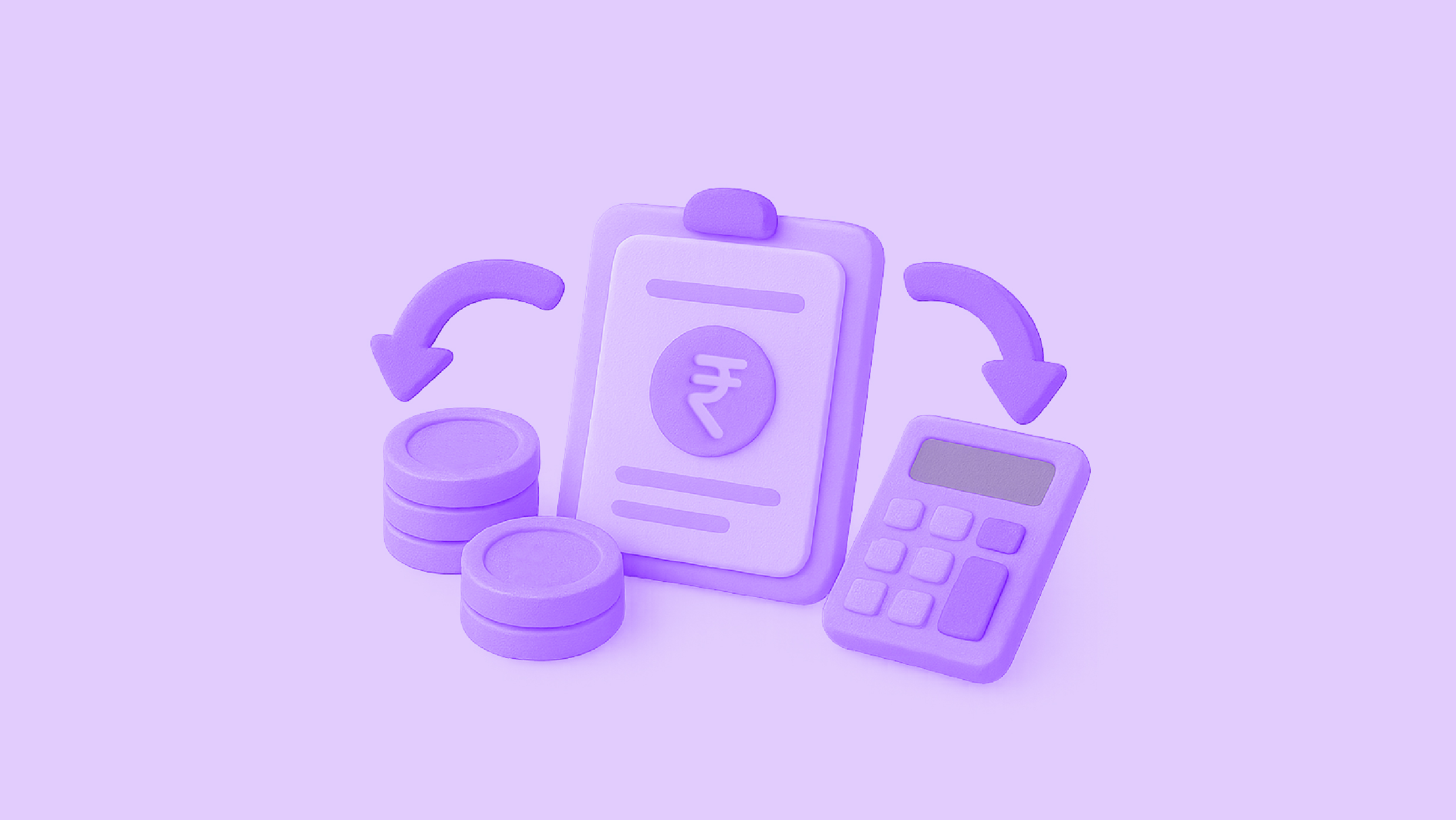The Indian e-commerce landscape is a dynamic, fast-growing market. From bustling online fashion stores to hyperlocal delivery platforms, a new marketplace seems to pop up every other day. But behind the seamless user experience and quick checkouts lies a complex, often messy process: paying vendors.
For marketplace owners, managing thousands of vendor payouts can quickly become a logistical nightmare. Imagine this: reconciling sales data, calculating commissions, deducting TDS, and then manually initiating bank transfers for hundreds, if not thousands, of vendors. This isn’t just a time-consuming task; it’s a major roadblock to growth.
But what if you could put this entire process on autopilot? That’s where an automated vendor payout system comes in. This blog will walk you through what these systems are, how they transform your operations, and what you need to look for when choosing one for your business.
What is a Vendor Payout System?
At its core, a vendor payout system is the process by which an e-commerce marketplace pays its sellers, suppliers, or service providers. In a traditional setup, this involves:
- Manual Reconciliation: Tallying sales from different vendors against bank statements.
- Commission and Fee Calculation: Manually calculating the marketplace’s share, payment gateway fees, and other charges for each transaction.
- TDS and GST Deduction: Ensuring that all statutory deductions are correctly applied as per Indian tax laws.
- Individual Payments: Making separate bank transfers to each vendor via NEFT, RTGS, or UPI.
- Record Keeping: Maintaining spreadsheets or ledgers to track every payment, invoice, and deduction for audit purposes.
This manual process is not only prone to human error but also a massive drain on resources. It can lead to payment delays, vendor disputes, and a constant state of operational chaos.
What is Automated Payout in Marketplaces?
Automated payout in marketplaces is a smart, tech-driven solution that streamlines the entire vendor payment workflow. Instead of relying on a person to do the heavy lifting, a robust system handles the process from start to finish.
Here’s how it typically works:
- Sales Data Ingestion: The system automatically pulls sales and transaction data in real time from the e-commerce platform.
- Smart Calculation Engine: It instantly calculates the net amount payable to each vendor after deducting commissions, taxes, and other applicable fees (like shipping or returns).
- Scheduled or Triggered Payouts: Payments are automatically initiated based on predefined rules. This could be daily, weekly, or when a vendor’s balance reaches a certain threshold.
- Instant Payments: The system dispatches funds to vendor bank accounts using methods like IMPS, NEFT, or UPI, ensuring they receive their earnings quickly.
- Automated Compliance: It handles crucial tax compliance tasks like TDS deduction and generates necessary reports and certificates.
- Real-time Reconciliation: Every transaction and payout is automatically recorded and reconciled with your accounting system, eliminating the need for manual data entry.
In simple terms, it’s like having a dedicated finance team working 24/7, without the errors or overhead.
Why Your Marketplace Needs Automated Vendor Payouts
For small and medium-sized marketplaces, scaling up without automation is nearly impossible. Here’s why a smart vendor payout system is a game-changer:
1. Faster Payouts, Happier Vendors: In a competitive market, quick and reliable payouts are a major factor in attracting and retaining vendors. Automated payouts ensure your sellers get their money on time, improving their cash flow and building a strong, trustworthy relationship. This, in turn, encourages them to list more products and prioritize your platform.
2. Drastically Reduced Manual Work: Think about the hours your team spends on manual data entry, cross-checking invoices, and sending payment reminders. Automation frees up this valuable time, allowing your team to focus on strategic tasks like vendor acquisition, marketing, or customer service.
3. Eliminate Human Errors and Fraud: Manual processes are susceptible to mistakes—a typo in an account number or a miscalculated deduction can cause significant problems. An automated system validates bank details and uses precise algorithms for calculations, ensuring accuracy. It also creates a clear digital audit trail, reducing the risk of internal fraud.
4. Simplified Tax and Compliance: TDS is a critical part of doing business in India. A smart payout system automates TDS calculations, deductions, and even the generation of Form 16A, ensuring you stay compliant with tax regulations without the hassle. This is a huge relief for businesses, especially as they scale.
5. Better Financial Visibility: With a single dashboard, you get a clear, real-time view of all your vendor payments, outstanding dues, and cash flow. This visibility helps you make smarter business decisions, manage your working capital effectively, and plan for future growth.
A Realistic Scenario: From Chaos to Control
Let’s look at a typical Indian marketplace selling handicrafts.
- Before Automation: The marketplace has 500 vendors. Every week, the founder and one accountant spend two full days manually calculating payouts. They download reports from the website, cross-reference them with the bank, calculate the 10% commission and 1% TDS, and then make 500 individual NEFT transfers. Errors are common—some vendors get paid late, others get the wrong amount, and they are constantly fielding calls and emails from frustrated sellers. The accounting software is never up-to-date, making month-end reconciliation a nightmare.
- After Automation: The marketplace integrates an automated payout system. They set a weekly payout schedule. The system automatically pulls data, calculates deductions, and initiates all 500 payments in a single click—or even automatically. Vendors get a real-time notification with a detailed breakdown of their earnings. The founder now spends that two-day period focusing on business strategy, while the accountant focuses on higher-value financial analysis. The books are always balanced, and TDS is handled seamlessly.
Pro Tips for Indian Business Owners
- Look for a Partner with Local Expertise: Your chosen solution should understand the nuances of the Indian financial ecosystem, including UPI payments, NEFT/IMPS, and most importantly, local tax compliance like TDS.
- Focus on Integration: Choose a system that can easily integrate with your existing e-commerce platform and accounting software. A seamless connection means less setup time and a smoother workflow.
- Check for a Smart Dashboard: A good system will offer a powerful dashboard that provides real-time insights, payment history, and a clear breakdown of every transaction.
- Security is Non-Negotiable: Ensure the platform has robust security protocols to protect sensitive financial data and prevent fraud.
The OPEN Money Advantage
For fast-growing e-commerce marketplaces, a seamless financial back-end is not a luxury—it’s a necessity. With OPEN Money’s connected banking and accounting suite, you can say goodbye to manual vendor payments. Our robust platform streamlines your entire payout workflow, from automated invoice processing to one-click bulk payments and automated reconciliation.
Ready to transform your business operations? Discover how OPEN Money can help you automate your vendor payouts and focus on what truly matters—growing your marketplace.
Frequently Asked Questions (FAQ)
What is a vendor payout system?
A vendor payout system is the process by which a business, like an e-commerce marketplace, pays its sellers or suppliers for goods and services. It involves tasks like calculating commissions, deducting taxes, and sending funds.
How is an automated payout different from a regular bank transfer?
An automated payout system integrates with your platform to handle the entire payment workflow—from calculation to disbursement—automatically. A regular bank transfer is a manual, one-off transaction that requires you to input all details manually.
Is it safe to automate my vendor payouts?
Yes, leading automated payout solutions use bank-grade security and encryption protocols to ensure every transaction is safe and secure. These systems often have more robust security than manual processes.
Can an automated system handle TDS deductions?
Yes, a key feature of most modern automated payout systems is the ability to automatically calculate and deduct TDS as per government regulations, simplifying your tax compliance.
What if I need to make a one-off payment outside the scheduled payouts?
Most systems offer the flexibility to initiate instant, one-off payments for urgent needs, in addition to your regular scheduled payouts.
What is the benefit of a payout system that auto-reconciles?
Auto-reconciliation eliminates the need for manual data entry and matching payments to invoices. It ensures your accounting books are always accurate and up-to-date, saving you significant time during month-end closing and audits.
Can I track the status of my vendor payouts?
Absolutely. Automated systems provide a clear dashboard where you can track the real-time status of every payout, view payment history, and even generate detailed reports.
What payment methods do these systems support in India?
Most solutions support a wide range of popular Indian payment methods, including NEFT, RTGS, IMPS, and UPI, ensuring fast and seamless fund transfers to your vendors.
How long does it take to get started with an automated payout system?
The setup time can vary, but most modern solutions are designed for quick and easy integration. With the right platform, you can often go from setup to your first automated payout in just a few days.
Is this solution suitable for small businesses and startups?
Yes, especially. As a startup or small business, time and resources are limited. Automating vendor payouts allows you to operate with a lean team, reduce errors, and scale your business without getting bogged down by administrative tasks.





